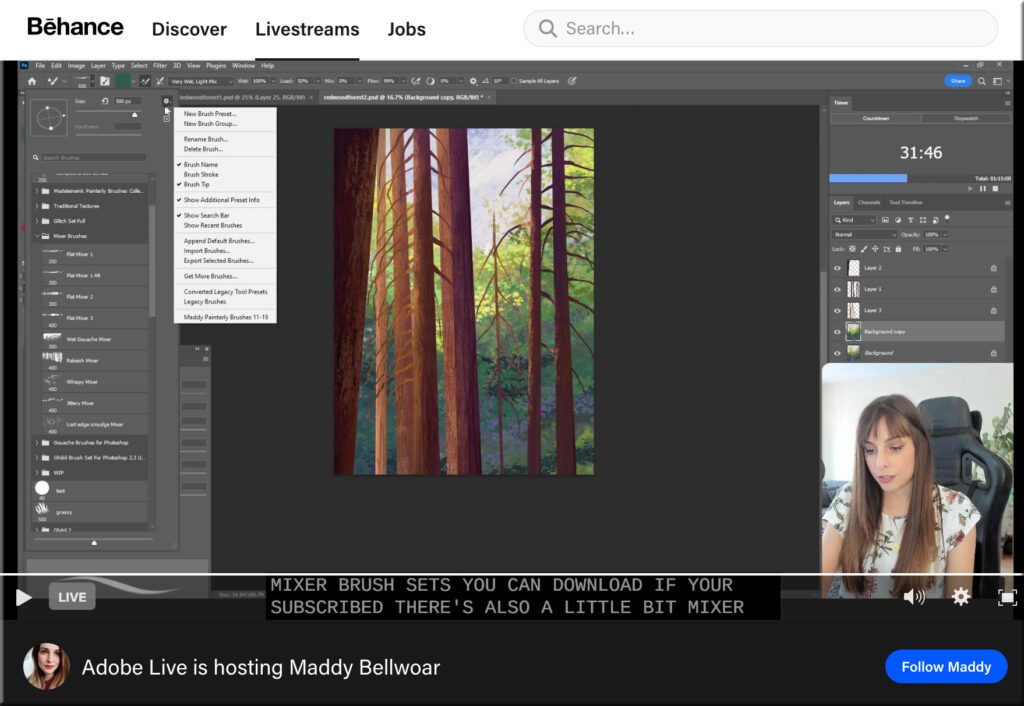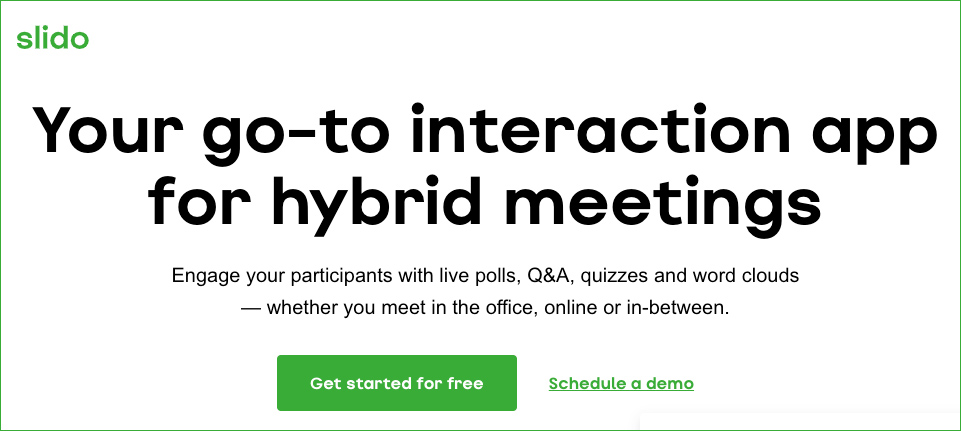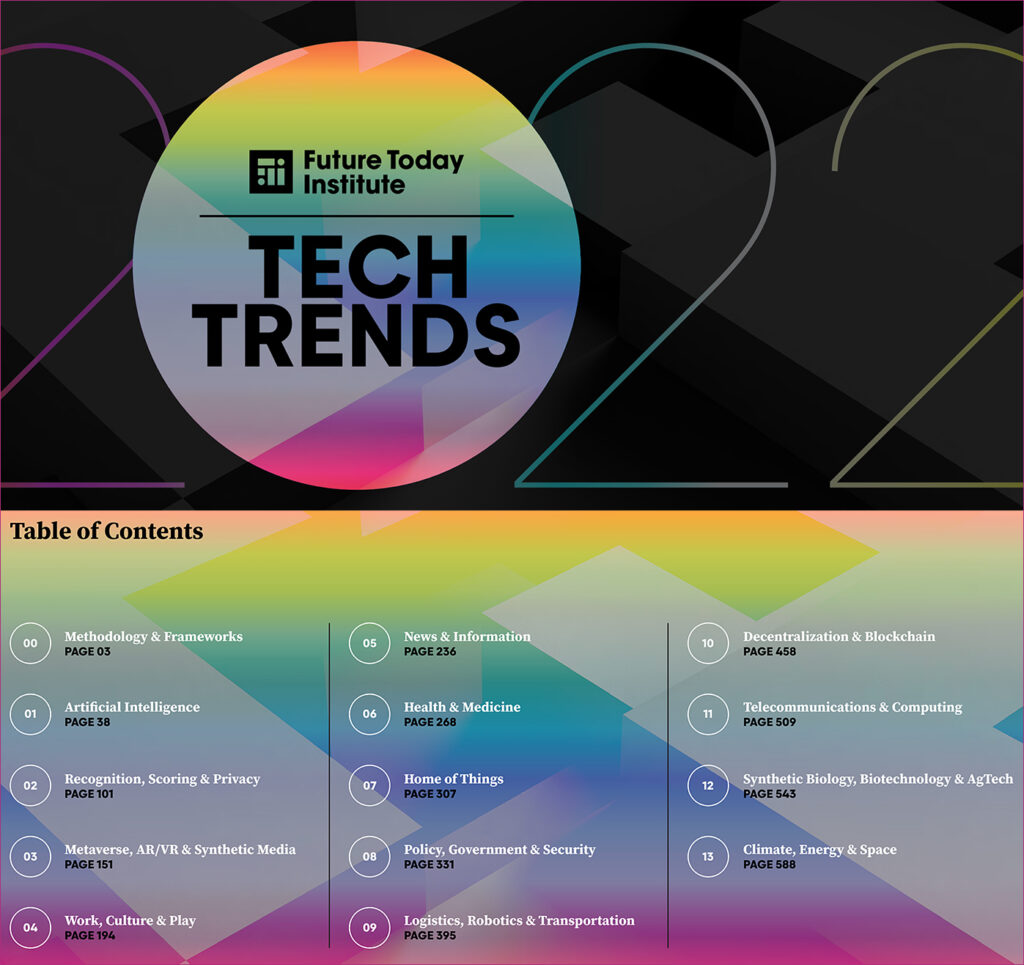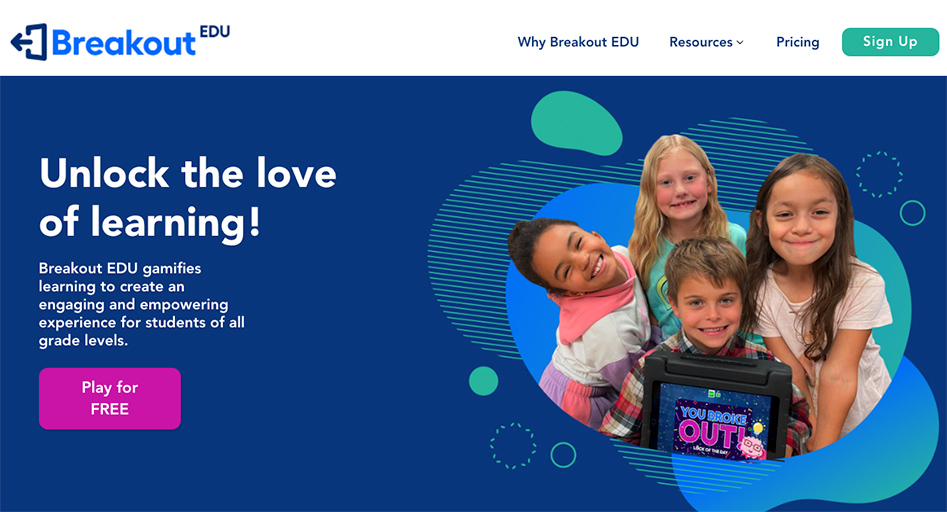How much research has been done on flipped learning? The 2022 (and final?) update — from rtalbert.org by Robert Talbert
Updating the annual data on the number of peer-reviewed publications on flipped learning, for maybe the last time (?) this time with the numbers for 2021.
Check Your Privilege In This Thought-Provoking VR Experience — from vrscout.com by Kyle Melnick
This AR Drum App Could Revolutionize Music Learning — from vrscout.com by Kyle Melnick

Apple Starts Connecting the Dots for Its Next Big Thing — from nytimes.com by Tripp Mickle and Brian X. Chen
The company has enlisted Hollywood directors like Jon Favreau to help its effort to create products that blend the physical and virtual worlds.
Excerpt:
Nearly 15 years after the iPhone set off the smartphone revolution, Apple is assembling the pieces for what it hopes will become its next business-altering device: a headset that blends the digital world with the real one.
The company has enlisted Hollywood directors such as Jon Favreau to develop video content for a headset that it is expected to ship next year, according to three people familiar with that work. Mr. Favreau, an executive producer of “Prehistoric Planet” on Apple TV+, is working to bring that show’s dinosaurs to life on the headset, which looks like a pair of ski goggles and aims to offer virtual- and augmented-reality experiences, these people said.
Speaking of the future, here’s another item regarding what’s coming down the pike:
- AT&T Is Working on 20-Gigabit Fiber to Homes, Could Launch Next Year — from cnet.com by Eli Blumenthal
UX, Accessibility, & More: ID Links 5/24/22 — from christytuckerlearning.com by Christy Tucker
Excerpt:
As I read online, I bookmark resources I find interesting and useful. I share these links periodically here on my blog. This post includes links on UX, accessibility, branching scenarios, Twine, instructional design blogs, free/freemium tools, and systems thinking.
Also from Christy Tucker, see:
Christy is back with yet another informative post on instructional design hourly rates and salary! If you are new to the industry or starting to explore freelancing, this can be helpful. https://t.co/UIPp9eU4KC via @christyatucker
— Taruna Goel (@write2tg) May 31, 2022
How an Escape Room Is Building Students’ Digital Skills at Northampton Community College — from campustechnology.com by Rhea Kelly
Excerpt of description of podcast:
We spoke with Beth Ritter-Guth, associate dean of online learning and educational technology at the college, to find out how the Learning Lab is engaging students, building digital literacy and providing valuable training in the job skills of the future.
Also see:
Five Concepts You Can Teach Through Geocaching — from freetech4teachers.com by Richard Byrne
Excerpt:
Geocaching is one of the things that I spend a good bit of time talking about in both my workshop and in my webinar about blending technology into outdoor learning. Geocaching is a great activity to do to get kids outside for hands-on learning experiences. Here are five things that you can teach through geocaching activities.
From DSC:
This next one may be useful for educators and/or parents, but it’s useful for pretty much all of us
Tip of the week: A great group packing tool — from Jared newman
Excerpt:
As an alternative to clunky spreadsheets or endless email chains, WhoBrings is a brilliantly simple way to figure out who’s bringing what.
Just type the name of your packing list into this free website, add some items, then share the link with the rest of the group. Anyone who has the link can then claim responsibility for an item or add new items to the list. You can also specify a number of units for any item—12 beach towels, for instance, or three packs of beer—and people can choose how many they’ll bring.
Also see:
Learning, doing, and teaching biology through multimedia — from MIT Open Learning
Producing multimedia for online courses involves lifelong learning
















